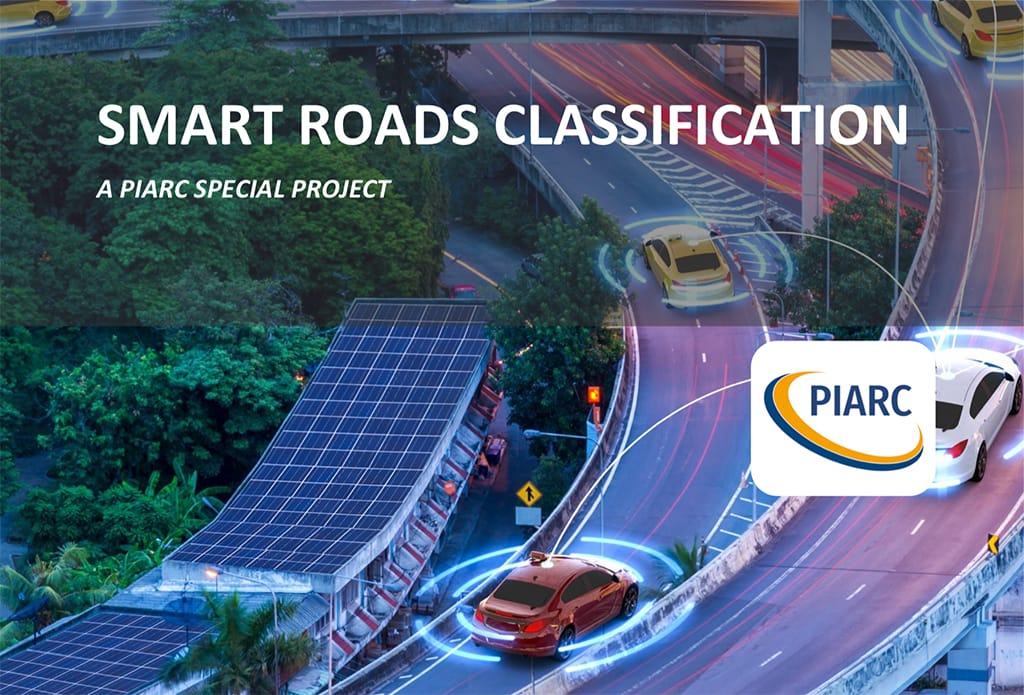
Traditionally, road network classification systems have focused on two fundamentally opposite dimensions: mobility and accessibility. These classification systems have been adapted to the variable circumstances of countries or regions. However, with Connected and Automated Vehicles (CAVs) coming into play, the situation has become quite more challenging than before.
Current CAVs consist of diverse Advance Driver Assistance Systems (ADAS) that assist humans in the driving task. The automotive industry is carrying out a great research effort, so the most advanced systems can even control the vehicle operation. However, there is a plethora of different systems, varying in how this assistance is performed. As a result, not all CAVs perform in the same way and, what is more, this performance is evolving over time.
In order to clarify the capabilities of these new vehicles, the Society of Automotive Engineers (SAE) developed a classification system that grouped these capabilities in six levels. SAE level 0 applies to human-driven vehicles. SAE level 1 refers to driving automation systems that can either control the longitudinal or the lateral position of the vehicle. SAE level 2 refers to the systems that can control both –longitudinal and lateral position– at the same time. In these cases, the system is considered to just assist –not replace– the human. Moreover, these systems are not infallible and may suddenly disconnect –i.e., disengage– releasing the control to the driver, who must be attentive to the road.
SAE level 3 goes a step further, being able to control more situations and preventing disengagements. These vehicles are supposed to foresee disengaging situations and request the driver intervention in advance. SAE level 4 vehicles are expected to be fully autonomous within a certain region that meets certain characteristics –called Operational Design Domain, ODD– not needing the intervention of a human in these zones. Finally, SAE level 5 vehicles are expected –in a distant future– to be fully autonomous regardless the zone they are driving through.
This Special Project presents an exploratory study about the feasibility of a Smart Roads Classification system. Identifying which steps should be done first becomes crucial. One of the activities of the Special Project was exploring the feedback about follow-up proposals from several stakeholders. The most important contributions are outlined here.



